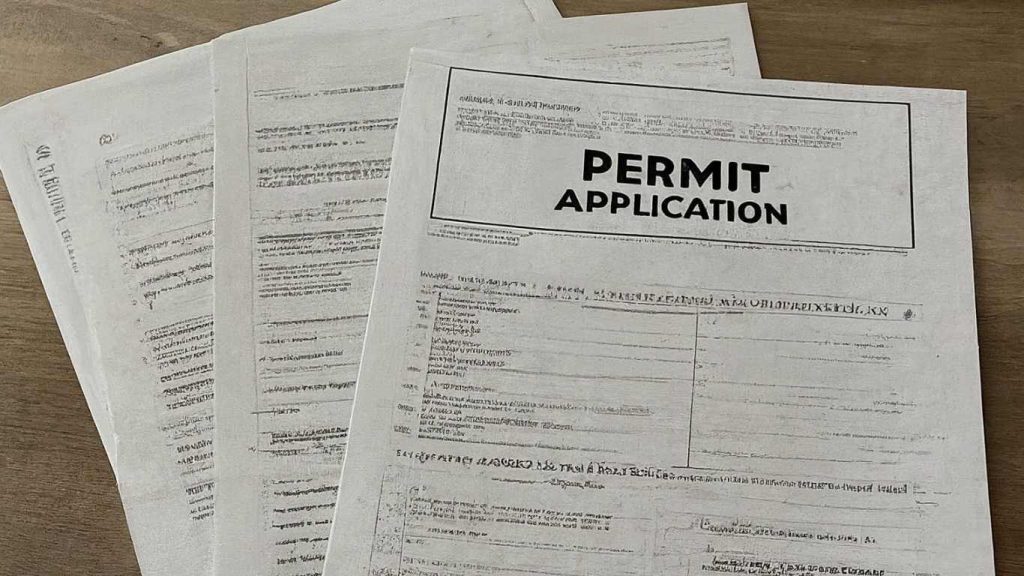Understanding Permits
Woody debris exists in pretty much every waterway in existence. Depending on how that debris is arranged and the amount, there may not be any need to do anything with it. It is healthy for habitat, acts as a biofilter, can aid in sedimentation and reduce bank erosion. However, there are many times when Large Woody Debris (LWD) can become a hazard to safety, increase flooding, threaten infrastructure, and increase erosion. In order to address those situations, permits are often needed.
Waterways are highly regulated. Every level of government has at least some authority and oversight of waterways throughout the US. Depending on the specific waterway, additional agencies may have special jurisdiction. These agencies are there to ensure that work performed in the waterways are done with the least amount of impact to the environment. While this is a good thing overall, when weather events cause debris to enter the waterway suddenly, there is seldom a way for the permit process to be expedited.
It Takes Time
The permitting process takes time. On top of that, most projects that require permits, require multiple permits. That means that each permit required will have a different timeline. Missing information, or incomplete applications can further delay the permit process. We have had projects to simply cut less than 100 linear feet of debris and move it out of the floodplain that have taken more than 4 months to get all the permits needed. That means that for debris identified for removal before Memorial Day, could take until after Labor Day before the permit is available.
We have built relationships with nearly every governing body with authority over the waterways. While we have had success in many cases at the state and local levels, the federal level is still very slow moving. Now before this turns into a perceived rant against federal agencies, remember that these agencies have many permit applications to review and the specifics of each project must be thoroughly evaluated before a permit can be issued. We are constantly working with the agencies to work on emergency response authorizations or other ways to expedite the process, and while it may take time to get any changes to the process, we remain hopeful that there will be some movement in the future.
What Now?
If you represent an organization or agency that might have to remove some woody debris in a waterway, it is always best to get started on the permitting process as soon as possible. Even if the project is not fully defined, get the applications filled out to the best of your abilities and submit them for processing. Any updates or changes can be submitted once they are processing. This can help speed up the process. We often recommend securing permits for projects even before funding is available. This often speeds up the perceived timeline for projects.
Have a project related to debris in the waterway, or bank stabilization? You will likely need permits to address the situation. The specific permits will depend on the work to be done, the waterway, and the specific location on the waterway. The sooner you have the applications submitted, the better. This is also why it is so important to get started in the “off season.” Need help with permits? Contact us at anytime and we will be happy to assist you. Know of a hazard? Report it to our public hazard map by clicking on the “Report a Hazard” button at the top of the page in the menu bar, or click here.
The permitting process can seem overwhelming at times, but it is needed to protect our waterways and to ensure projects are done properly. Once you understand the purpose and process, it is easier to understand why they are needed and how they help improve the waterways for everyone. Just get started early for any project you may be considering.

